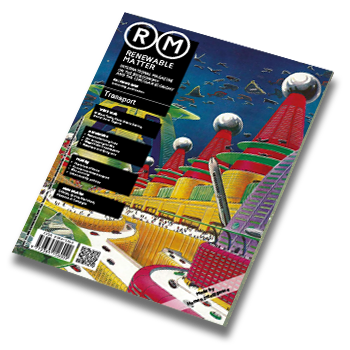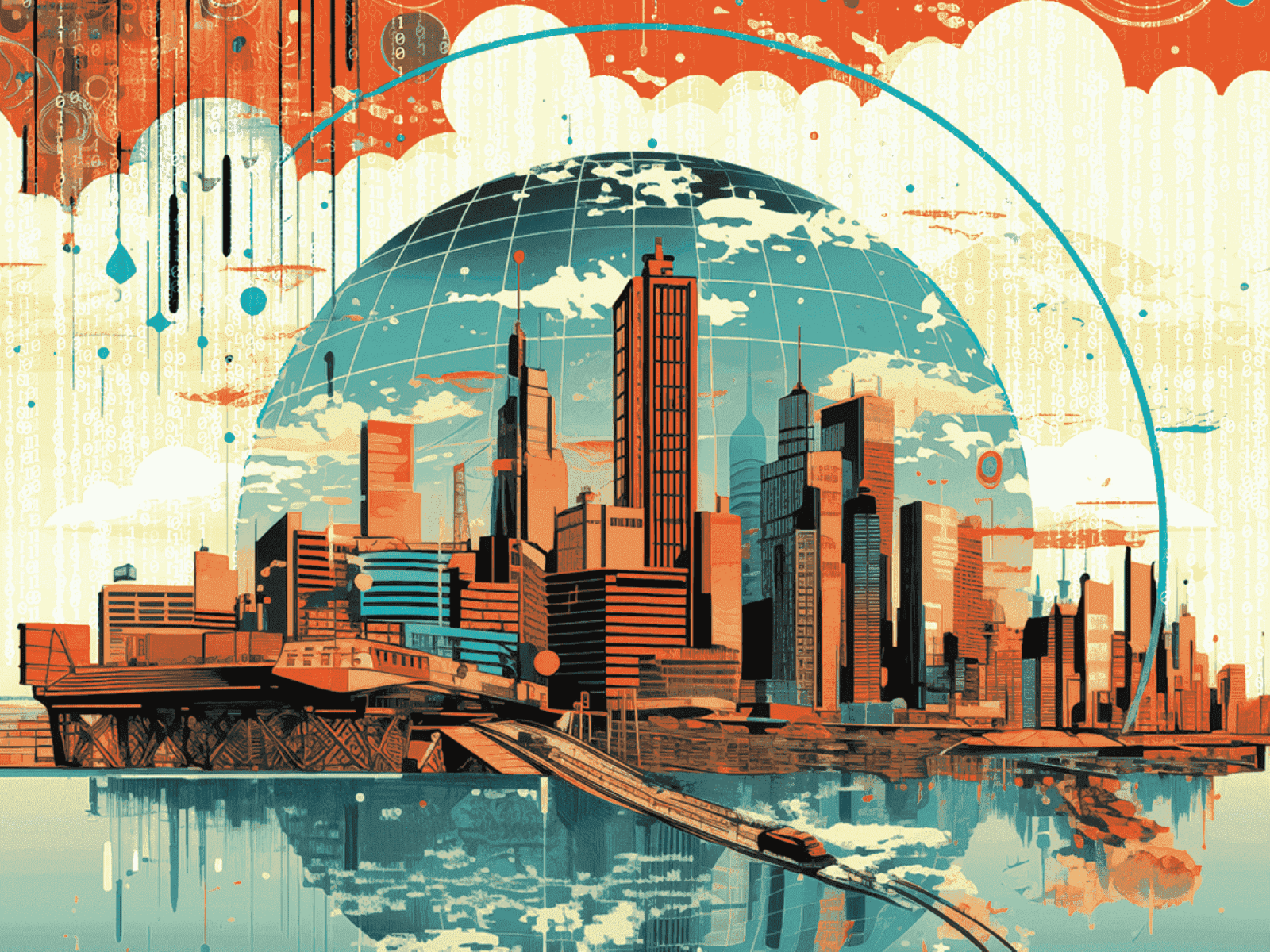“We are seeing growing evidence that artificial intelligence can prove to be an invaluable tool in the fight against climate change. We need to harness its potential and empower innovators in developing countries,” said UN Executive Secretary on Climate Change Simon Stiell during COP28 in the United Arab Emirates. The occasion was the launch of the Innovation Grand Challenge, a challenge for the world of research and industry to work toward climate action.
This is not the only challenge that computers, sensors, robots, and artificial intelligence are being called upon to work alongside humans today for the ecological transition. From blockchain for tracking waste and raw materials to the use of digital twins in managing intermittent renewables, from smart buildings to reduce consumption to AI to predict catastrophic weather phenomena, from real-time data on deforestation to predictive maintenance systems to reduce costs and emissions, there are a plethora of radical and innovative applications of digital technologies for the environment.
Never at any UN conference (and I have been attending them steadily since 2009) has there been such a presence of digital companies, space entities, and investors in digital clean tech. The list of brands and institutions working on the topic is extensive: Google, ESA, IBM, Siemens, Dassault Sytemés, NASA, Microsoft, and many others you will find in this issue.
Of course, no artificial intelligence is going to replace human intelligence any time soon (which, according to the impacts on the planet, is showing that it is only tapping into a small part of its potential), let alone the actual actions of men and women. But it is certain that many small and large revolutions will happen in the coming decades, most yet to be imagined.
Meanwhile, to try to understand what our future will look like between environmental polycrisis and the age of intelligence and synthetic bodies, we interviewed cli-fi writer Kim Stanley Robinson and techno-humanist researcher Kate Crawford, showing hypothetical futures and analyzing the implications these technologies already have in our world, economy, and society.
Together with scientist Claire Monteleoni, a pioneer in the field of AI for climate, we explore the potential of machine learning in the study of climate dynamics and for mitigation and adaptation; with Giuseppe Borghi (ESA) and Christina Shim (IBM) we learn about the direct applications of software and foundation models in the management of renewable energy and infrastructure (thanks also to BIM models), and predictive systems in the circular economy. We could not miss an analysis of blockchain and other technologies in the management of material and waste flows, but also in carbon offset markets with some concrete cases.
However, these are technologies that often have a significant impact from an environmental point of view, given their energy-intensive and material-intensive essence. The die is cast, however, as more and more nations are regulating AI technologies to ensure that they serve the transition, without infringing on the right to privacy. Sure will be the impact in the working world: what and how much at the moment is not yet clear.
As for us at Renewable Matter, we have experimented, exclusively for this issue, with a collaboration with artificial intelligence, assigning the opening editorial to ChatGPT, the most famous of the LLM (Large Language Model) systems, and having Midjourney, a text-to-image artificial intelligence algorithm, process the cover.
If used well, these technologies will be key in the economy, in the environment, in information. It is up to us humans to choose whether to be enthralled, not so much by the machine, but by techno-capitalism and the blind pursuit of unscrupulous, deregulated, unshared profit. For the big boys, from Microsoft to Google via OpenAI, it will be crucial to follow and promote international regulations. The principle of security, especially on such powerful technologies, must remain our north star.
DOWNLOAD AND READ ISSUE #48 OF RENEWABLE MATTER ON AI & TECH
This article is also available in Italian / Questo articolo è disponibile anche in italiano
© all rights reserved



